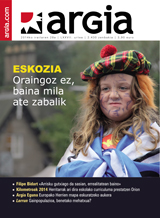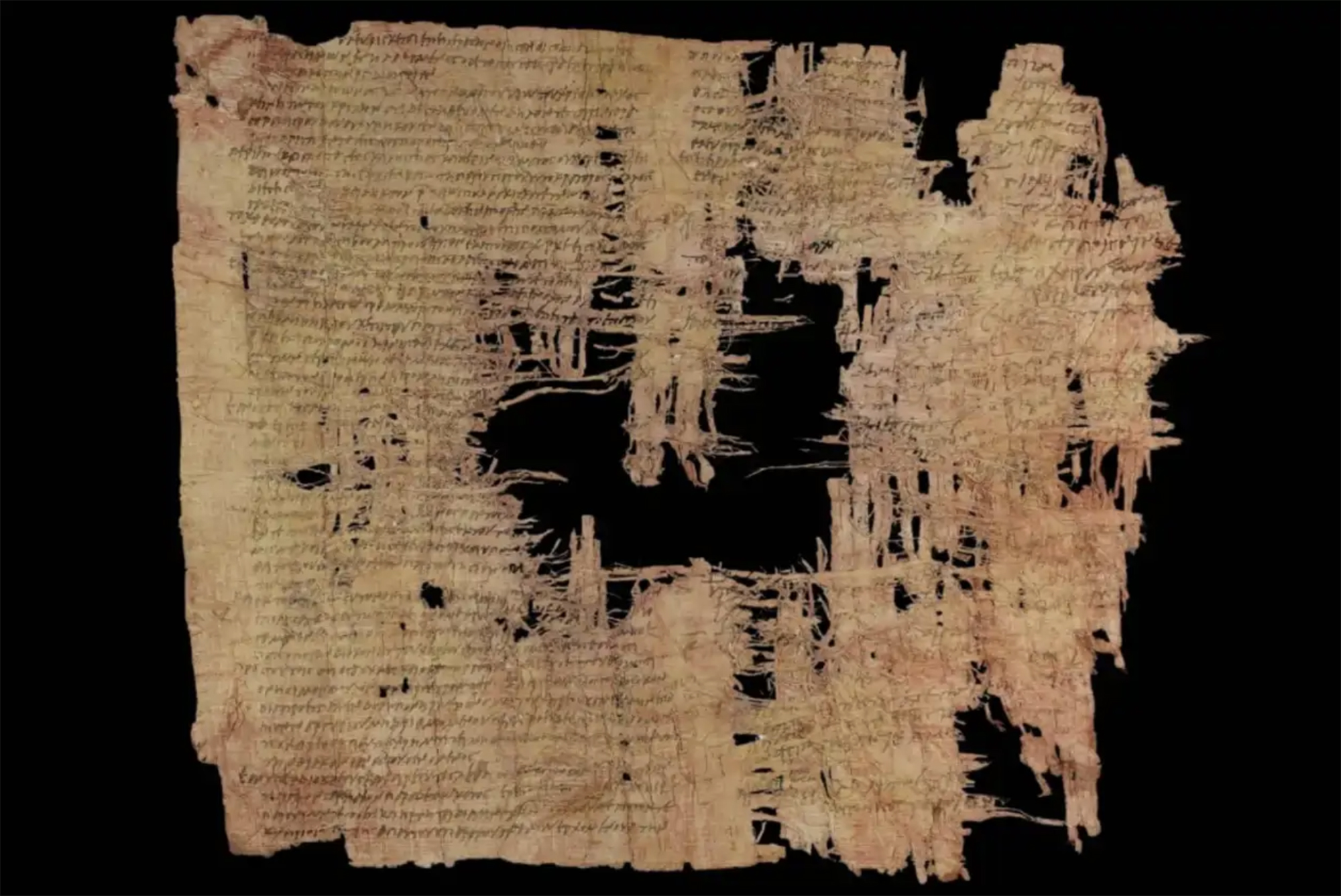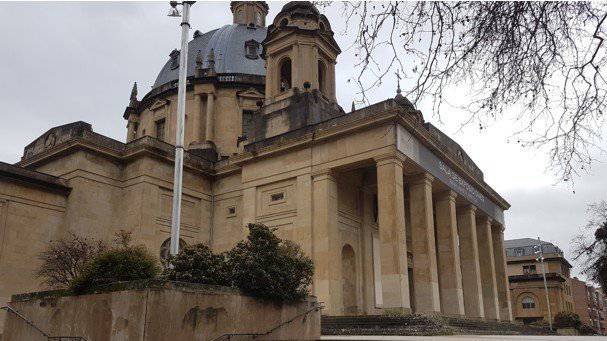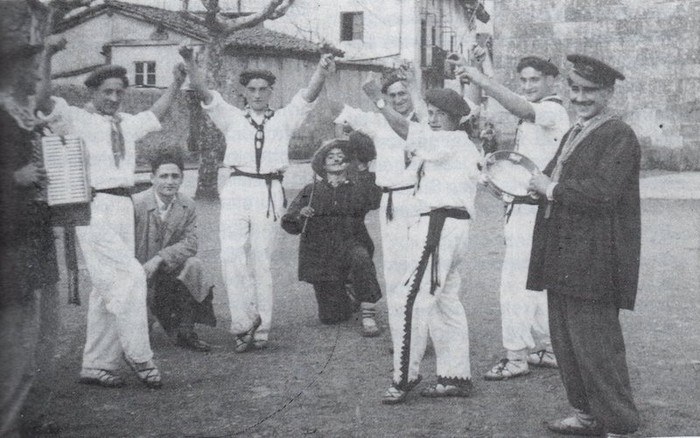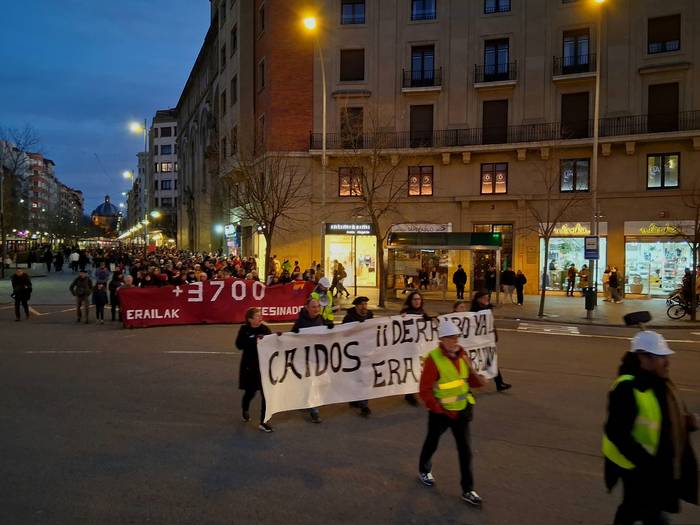Bizkotxoaren hastapen gogorrak
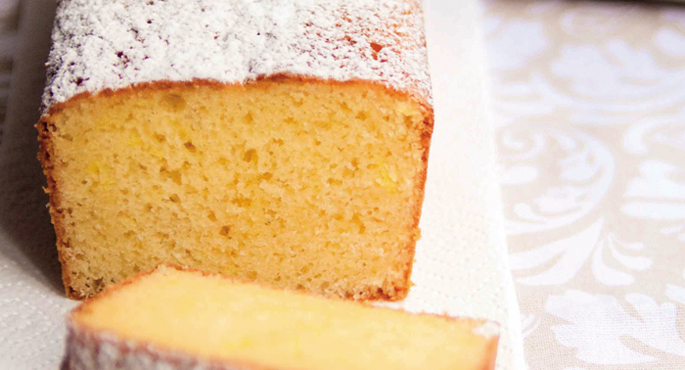
XVI. mendean, bizkotxoak marinelen elikagai nagusietakoa ziren itsas ibilaldi luzeetan. Opil txiki biribilak ziren, galleta modukoak, gari irinez eginak. Bi aldiz egosten zituzten, bidaian zehar hartzitu ez zitezen. Eta egosaldi bikoitz horretatik datorkie izena, latinez bis coctus hitzek “bitan egosia” esan nahi baitute
Hortaz, duela 500 urteko bizkotxo haiek ez zuten zerikusirik gure gaurko bizkotxo harroekin. Antz handiagoa zuten frantsesezko edo ingelesezko biscuitekin. Baina ez ziren gozoak. Arrain gazituarekin, urdaiarekin, lekaleekin edo arrozarekin batera jan ohi zituzten, edo, besterik ezean, olio pixka bat botatzen zioten.
Bizkotxoak bustitzeko ohituta hasieratik zabaldu zen. Baina egun jalekeria hutsez egiten duguna, beharragatik egiten zuten orduan. Egunak aurrera joan ahala, opil haiek gogortu egiten ziren, janezin bihurtu arte. Horregatik uretan edo ardotan busti ohi zituzten, hortzeriaren mesedetan.
Judea, 2nd century AD. In the turbulent atmosphere of the Roman province, a trial was held against Gaddaliah and Saul, accused of fraud and tax evasion. The trial was reported on a 133-line paper in Greek (pictured). Thinking that it was a Nabataean document, the papyrus was... [+]
Poloniar ikerlari talde batek Sevillako Italica aztarnategiko Txorien Etxea aztertu du, eta eraikinaren zoruko mosaikoak erromatar garaiko hegazti-bilduma xeheena dela ondorioztatu du.
Txorien etxean 33 hegazti daude mosaikoetan xehetasun handiz irudikatuta. Beste... [+]
Archaeologists have discovered more than 600 engraved stones at the Vasagård site in Denmark. According to the results of the data, dating back to 4,900 years ago, it is also known that a violent eruption of a volcano occurred in Alaska at that time. The effects of this... [+]
Vietnam, February 7, 1965. The U.S. Air Force first used napalma against the civilian population. It was not the first time that gelatinous gasoline was used. It began to be launched with bombs during World War II and, in Vietnam itself, it was used during the Indochina War in... [+]
I just saw a series from another sad detective. All the plots take place on a remote island in Scotland. You know how these fictions work: many dead, ordinary people but not so many, and the dark green landscape. This time it reminded me of a trip I made to the Scottish... [+]
Japan, 8th century. In the middle of the Nara Era they began to use the term furoshiki, but until the Edo Era (XVII-XIX. the 20th century) did not spread. Furoshiki is the art of collecting objects in ovens, but its etymology makes its origin clear: furo means bath and shiki... [+]









